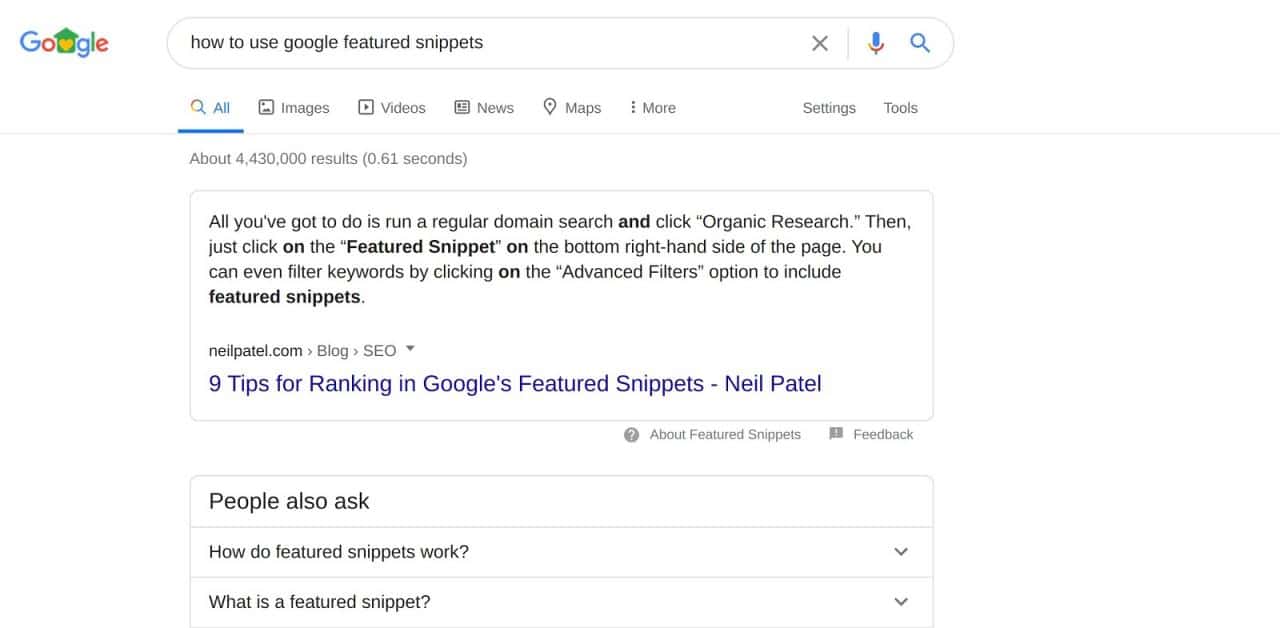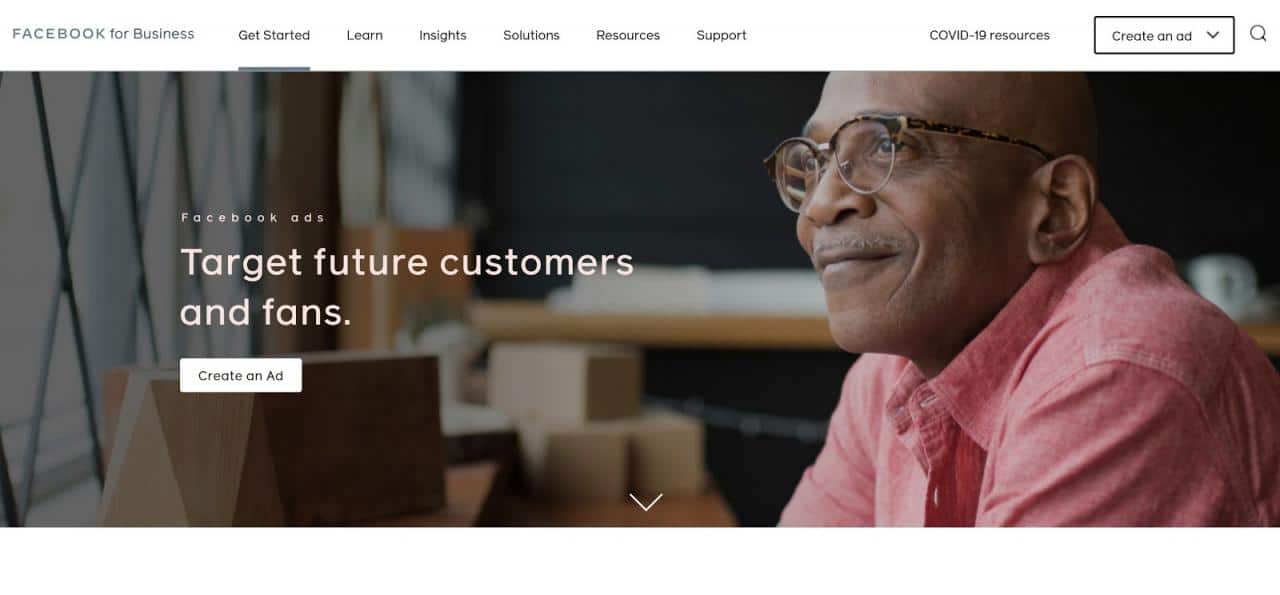For 85% of B2B marketers, lead generation is a top priority and the biggest challenge.
On one hand, that is completely understandable – the success and even the very survival of a company will largely depend on its ability to generate leads on a consistent basis. But at the same time, it’s surprising that such a large part of B2B marketers struggle with filling up their funnel with enough targeted and interested customers.
Add in the economic downturn that’s practically unavoidable after the COVID-19 pandemic, and you’ve got yourself a business environment where a lot of B2B companies will have a hard time sustaining their operations, despite the fact that B2B statistics estimate the worldwide market reaching a value of $7.7 trillion.
Luckily, even though attracting leads and making sales has become more challenging, that doesn’t mean you can’t sustain growth and even drive sales to new heights. If you provide a valuable service, your clients will find the resources to pay you, given that you can reach them in the first place.
But which B2B lead generation marketing strategies should you focus on? And how to make sure you get the most out of your marketing budget?
Let’s explore a few of the most effective approaches below.
Make the Most of Your Website Visitors

Focusing on attracting more leads to your site is essential, but for any of the strategies to work, you must ensure that your website can actually convert those visitors in the first place.
A 3-5% conversion rate is a pretty good achievement for SaaS companies, with 8% or upwards being exceptional. But while improving your conversion rate does require work, it’s well worth it for a range of reasons.
It will not only get you the most out of your current efforts but will also allow you to pursue various marketing strategies more aggressively, as your lead acquisition cost will decrease significantly.
And improving your conversion rate will come down to two primary components:
1) How well you know the prospects that are coming to your site and 2) how well are you able to cater to their needs and expectations.
To cater to the first component, you should make sure that you’re gathering as much information about your visitors as possible, and tracking their actions to figure out the areas that might need a change.
And that’s where Google Tag Manager can be indispensable.
But what is Google Tag Manager?
In essence, it’s a universal tracking tool that allows you to tag and track almost any action that a visitor might perform on your site. Using Google Tag Manager, you can forget about installing different snippets or codes on your website, and can simply paste a single code once you are done setting up the various tracking tools and pixels for different ad or analytics platforms.
With its help, you can gain complete control over how you run your marketing campaigns, as you’ll know exactly what’s working, and how your visitors are interacting with different aspects on your site.
Once you have a way to track performance, you can start experimenting with various tools that can make your site more convenient for your target audience.
For one thing, you can use the knowledge and insights that you gain to improve the user experience (UX) and make the navigation more convenient, ensuring that the visitors don’t get lost or distracted and naturally progress where you want them to go.
You should also consider including a live chat and chat bot functionality, which can help engage your visitors and provide them with specific answers while at the same time giving your sales team more information to work with once they sign up.
If you want to reduce your bounce rate, you can try out various pop-ups or overlays to nudge your visitors to stay and perform the action that you want them to.
To make sure that your visitors don’t quit in frustration, make that action as simple and convenient as possible. Whether you want them to sign up for your newsletter, schedule a trial, fill out a form, or make a purchase, your top priority should be to make the process as simple and painless as possible.
Revamp Your SEO Efforts
Search engine optimization has been around forever, but with 71% of your prospective buyers beginning their research on Google, you can be sure that SEO still matters in 2020 and will matter for a long time to come.
However, just because most marketers understand its importance doesn’t mean that they know how to make the most of their efforts.
As you can probably imagine, SEO in 2020 goes well beyond finding a few keywords and stuffing them in your articles. Sure, keyword research plays an important role, but there are a range of other vital considerations that you will need to take into account if you want to have a chance of gaining an edge over your competitors.
In terms of keywords, you should look at the broader picture and focus on groups of keywords instead of going after single word combinations. In fact, you shouldn’t worry too much about the specific terms that people are typing in because most of the time, Google is really good at identifying the right keywords.
Instead, focus on creating top-quality content that will stand out from the rest and offer real, valuable insights that people can use. That will not only help rank on Google but will make converting the leads much easier once they click through to your site and find that you’re an authoritative source on the subject.
In fact, with compelling content, you might even become a thought leader in your niche and significantly increase the reach that your content gets, gaining a source of highly relevant backlinks, which will further advance your SEO efforts.
You should also make sure that you provide a seamless experience to your site’s visitors. We already talked about the importance of UX for increasing conversions, but they are just as vital for edging out the competition on Google’s SERPs.

Finally, make sure that you adapt to the changing habits and browsing preferences of your audience. Making your site more mobile-friendly is a given, but you should also work on satisfying your audience’s thirst for instant knowledge. One way to do this is to optimize your pages to earn a spot among Google featured snippets results, which can help as much as double your click-through rate.
Some of the best practices for earning a Google Featured Snippet spot include answering common questions, staying within the word limit guidelines, using headers, and adding how-to sections on your site.
Take Advantage of Cheap Paid Ads
Even though the coronavirus is wreaking havoc on the economies worldwide, that doesn’t mean that there aren’t new opportunities that can help propel your business forward.
Namely, the quarantine and self-isolation, combined with decreasing advertising budgets, have made this the perfect time to shift your paid advertising campaigns into high gear.
Ads on platforms like Facebook are now cheaper than they’ve been in a long time, and people are using social media 87% more than before, so that makes for a perfect environment to experiment with various paid ads campaigns.

You should carefully analyze the opportunities that are available and consider what types of campaigns might provide you with the biggest returns. Because the ads are now much cheaper, you might be able to pursue campaigns or groups of people that were unreachable to you just a few months ago, setting yourself up for success in the near future.
However, if you want to achieve the best results, don’t simply crank up the budget of your current campaigns. Be very deliberate about what you’re doing, and take into account the current business environment to make your ads as relevant as possible.
Grow Your List Using Lead Magnets
Leveraging your list is now more critical than ever.
People likely won’t be as easy to convince as before, and having the ability to nurture them and overcome their objections will have a massive impact on your ability to close the deal.
That’s why you should try to get as many people into your list as possible. But when figuring out how to create a newsletter, many B2B marketers struggle with getting enough new leads into their funnel to sustain stable sales performance.
And a lot of it comes down to making crucial landing page mistakes when trying to capture leads.
For one thing, having a landing page is often not enough, as many people might not even stumble on that page when they visit your website.
Instead, offer a wide range of incentives, or lead magnets, to entice people to leave their email address, and sprinkle these offers all over your site, especially on high-traffic pages, which will usually be your best-performing articles.
But to achieve the best results, don’t just paste the same generic offer with a lead magnet that you use on your other pages. You should create a content upgrade that’s relevant to each of the pages, which will provide a massive boost to your conversion rate because you’ll be offering readers something that they can immediately use.
If you can find a way to enhance the information that they are currently consuming, you will not only boost your sign-up rates but will also instantly position yourself as an authority on the specific subject that your website visitors are interested in.
Sure, content upgrades do take time to set up, but you don’t necessarily have to go out of your way when putting one together. An effective content upgrade should simply be something that enhances the experience and offers value, which can sometimes be as simple as a PDF or an infographic covering the same basic information.
Make sure that you test out various options to find what’s working best, especially on the pages that get the most traffic. While it does take time, even a single well-performing content upgrade on a high-traffic page can account for a significant percentage of your new subscribers.
Short Bio
Dave is a serial entrepreneur who co-founded <a href=”https://shortlist.io/”>Shortlist</a> in 2018, a marketing un-agency that serves as an outsourced dedicated marketing team. He has also co-founded Less.churn, a churn reduction app, prior to selling it in 2018. In 2012 he quit his job to travel the world, and have visited over 65 countries.
